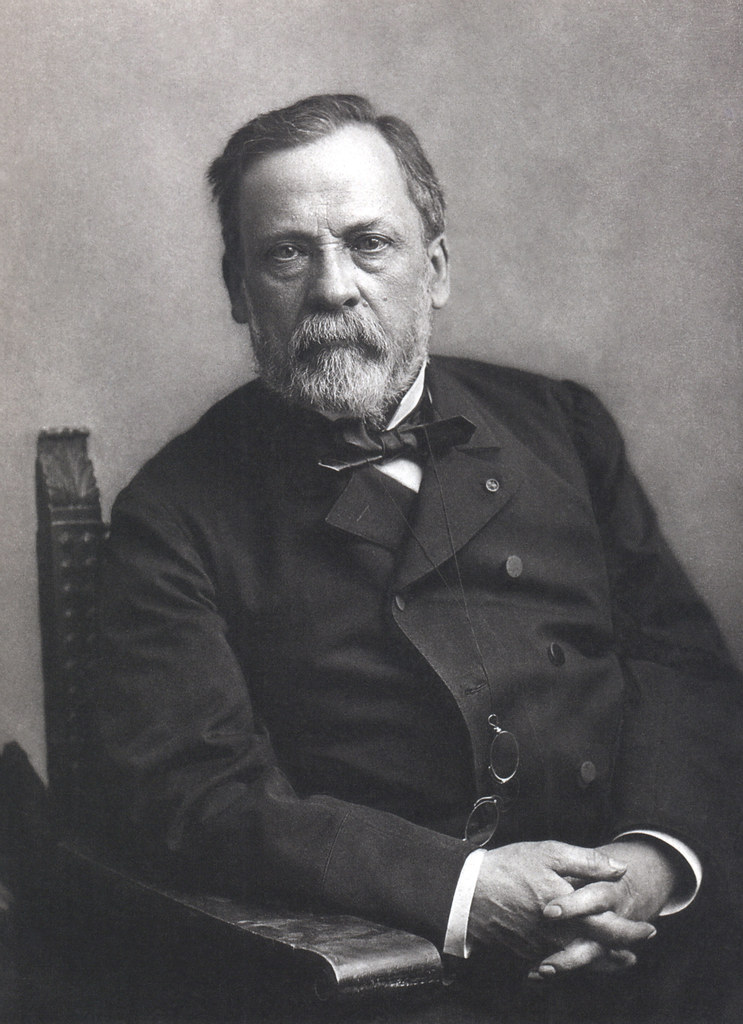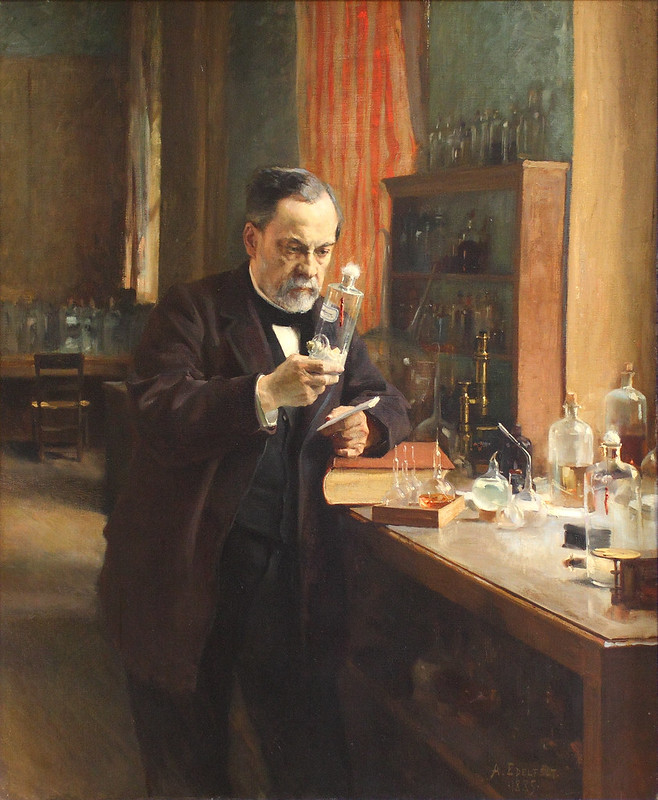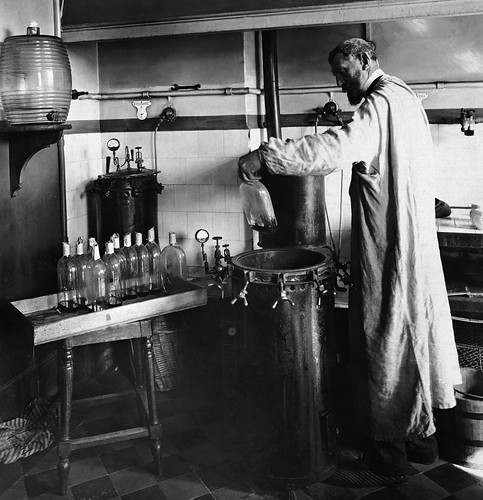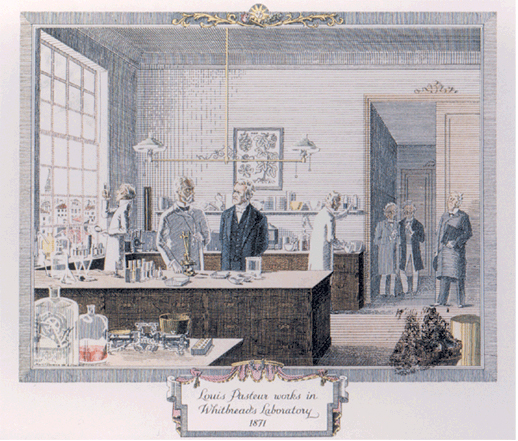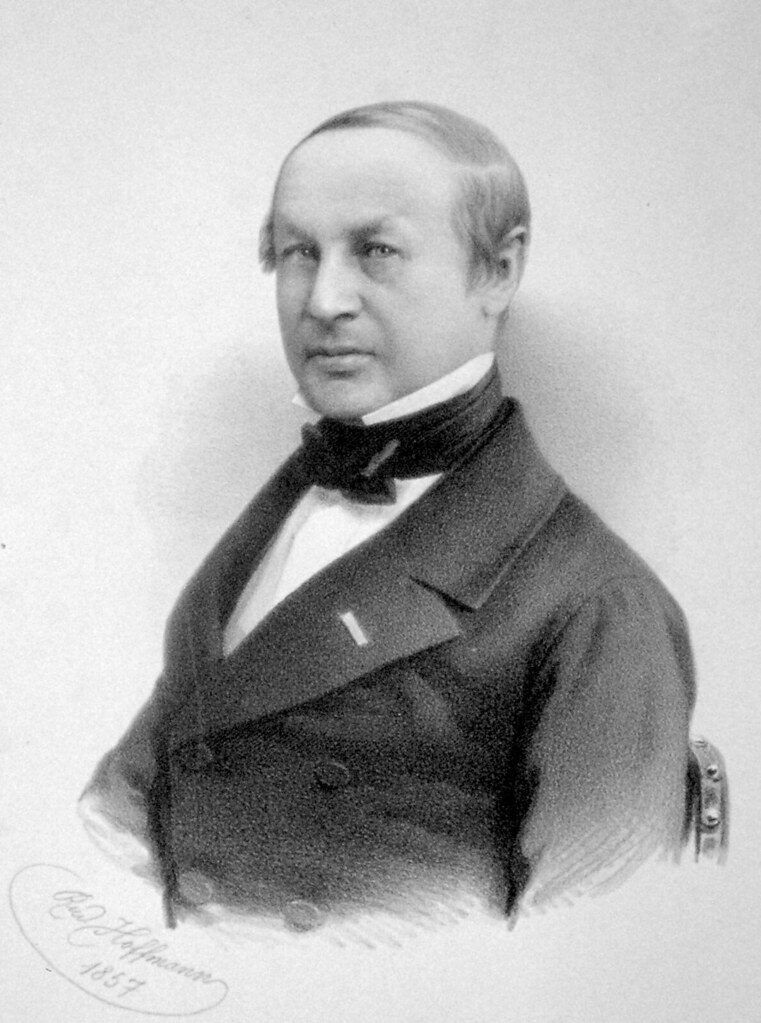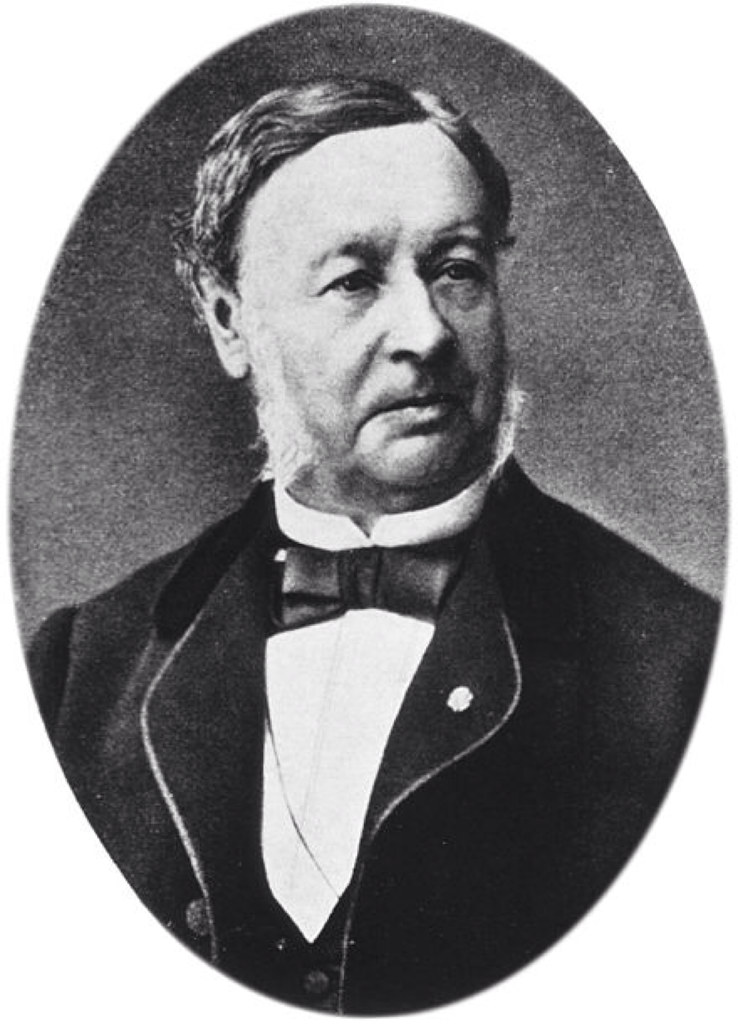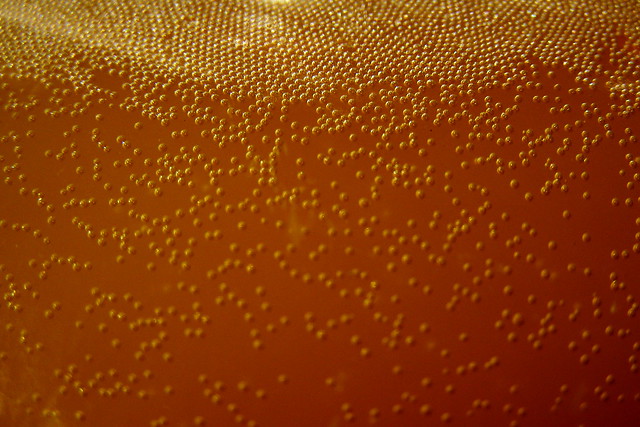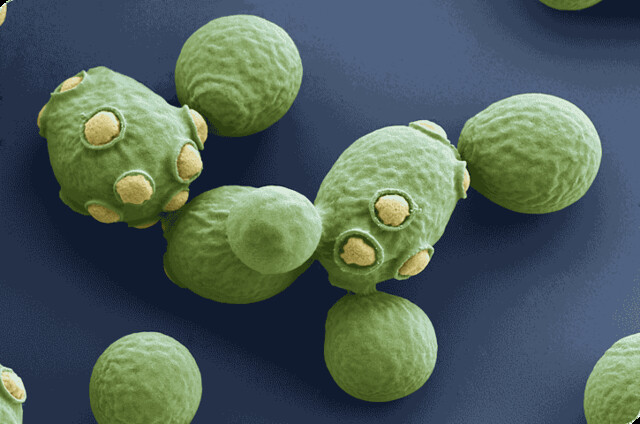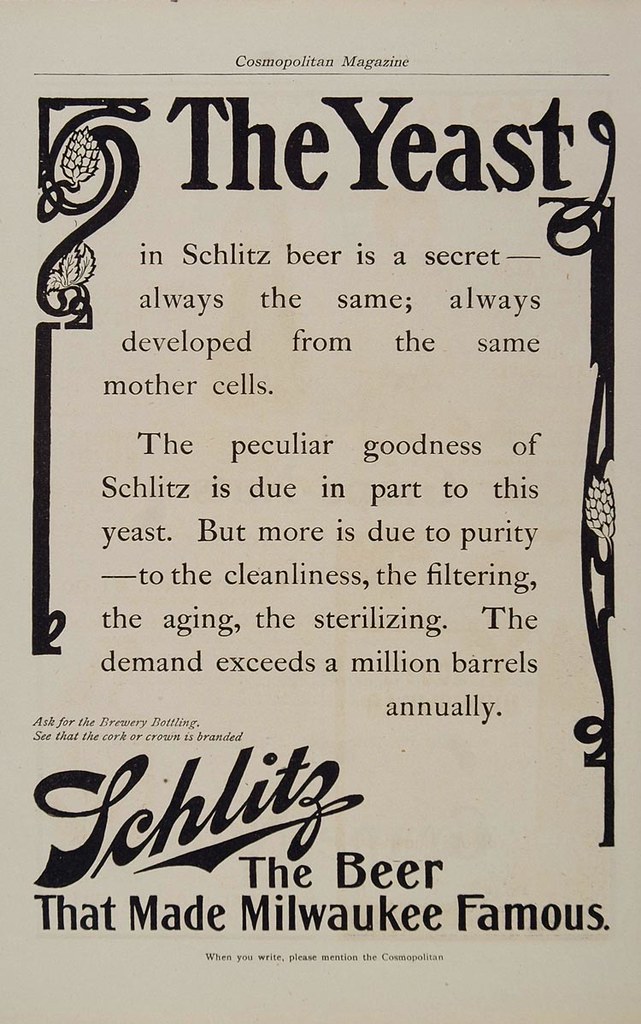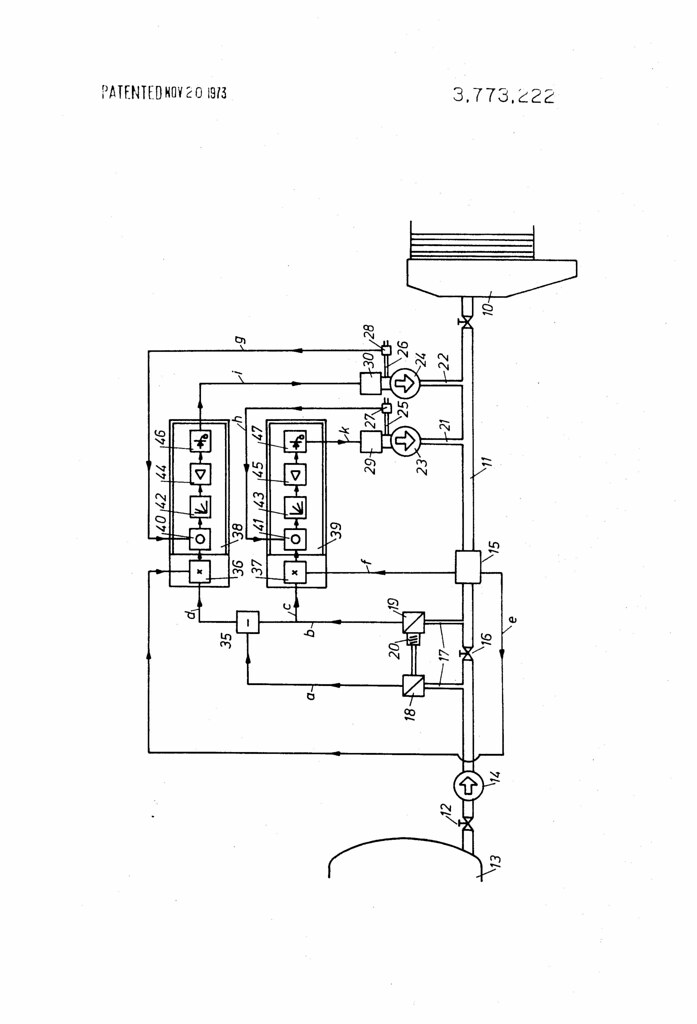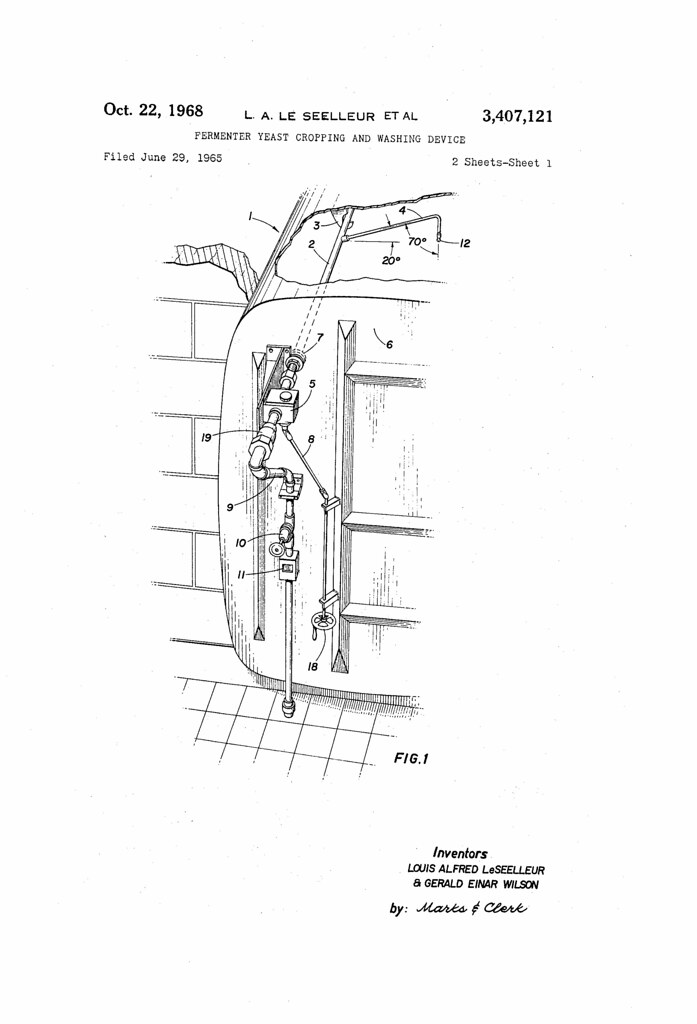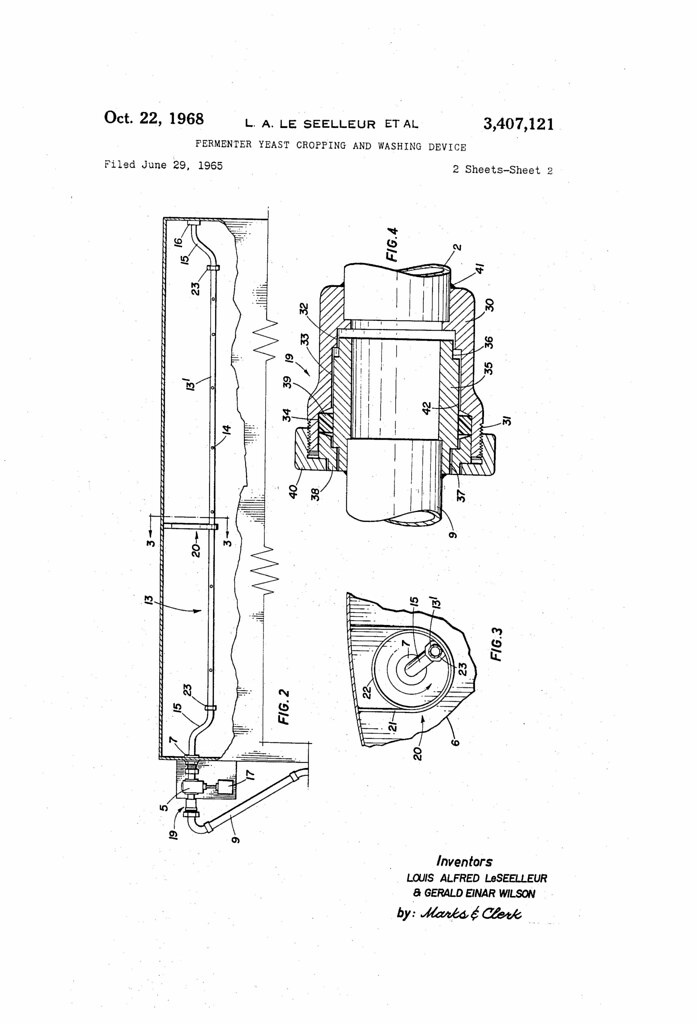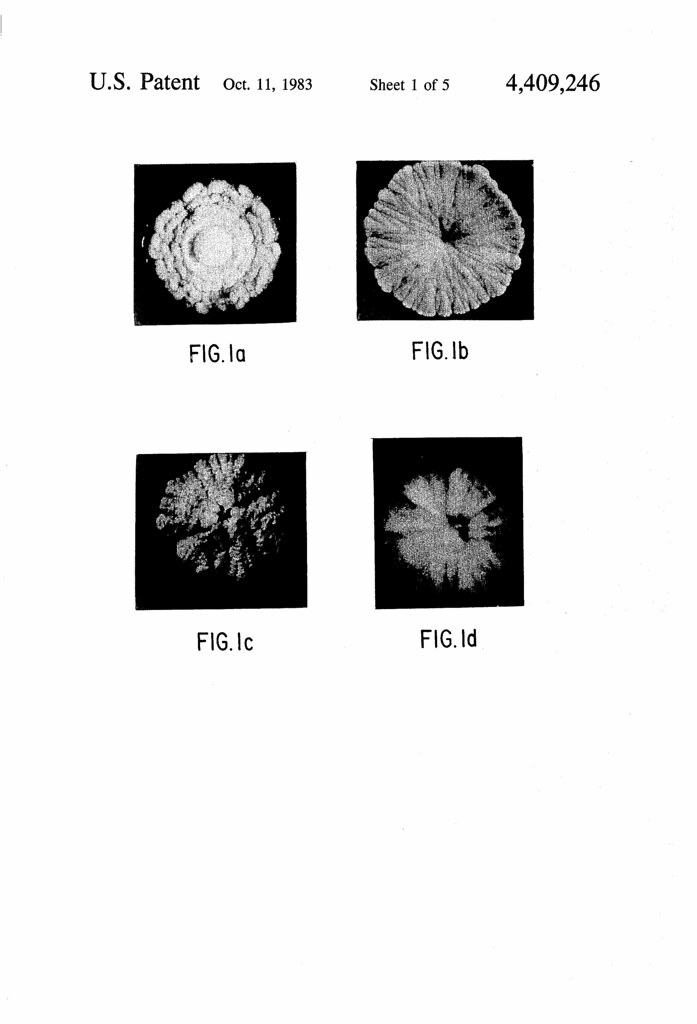![]()
Today is the 56th birthday of Chris White. Chris founded the yeast company White Labs in 1995 and he’s also on the faculty of the Siebel Institute. He’s also a fixture at virtually every brewing industry and homebrewing conference, and was kind enough to talk to my SSU beer appreciation class about yeast. Join me in wishing Chris a very happy birthday.
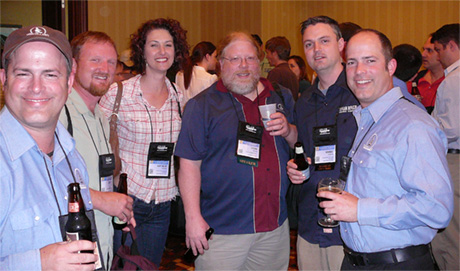
Chris and his brother Mike bookending Chuck, from Green Flash Brewing, Natalie Cilurzo, from Russian River Brewing, John Harris, from Full Sail Brewing, and Vinnie Cilurzo, also from Russian River, at CBC in Austin, Texas in 2007.

Chris at the new White Labs taproom during the Craft Brewers Conference a couple of years ago in San Diego.
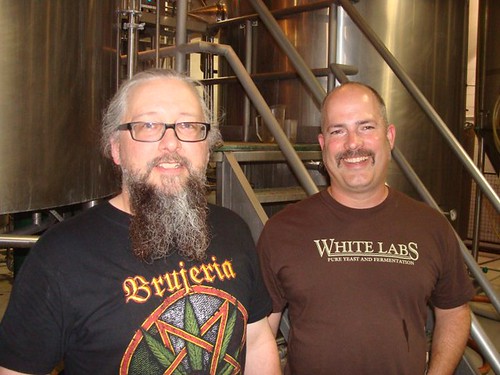
Surly brewer Todd Haug with Chris.
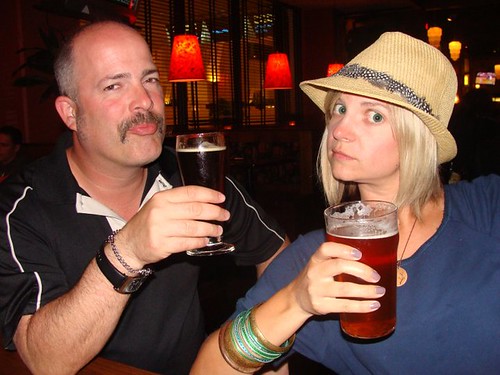
Chris with Technical Sales and Marketing Coordinator Ashley Paulsworth at the NHC.
[Note: last two photos purloined from Facebook.]



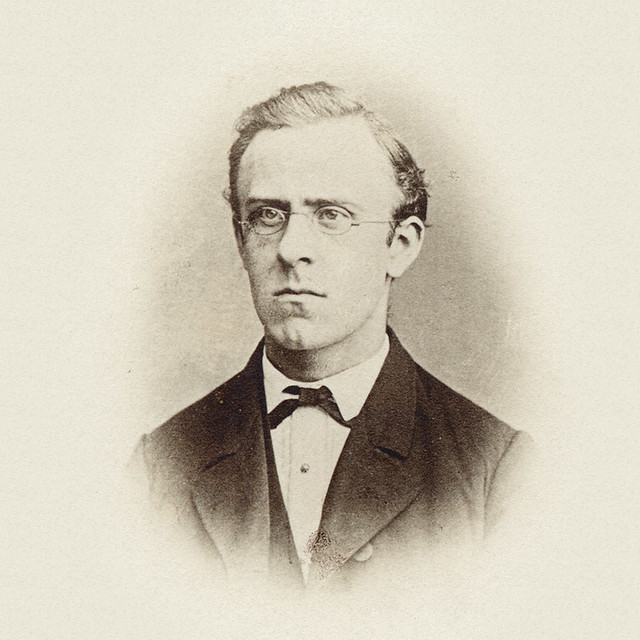


 Emil Christian Hansen, taken in 1908, a year before his death.
Emil Christian Hansen, taken in 1908, a year before his death.